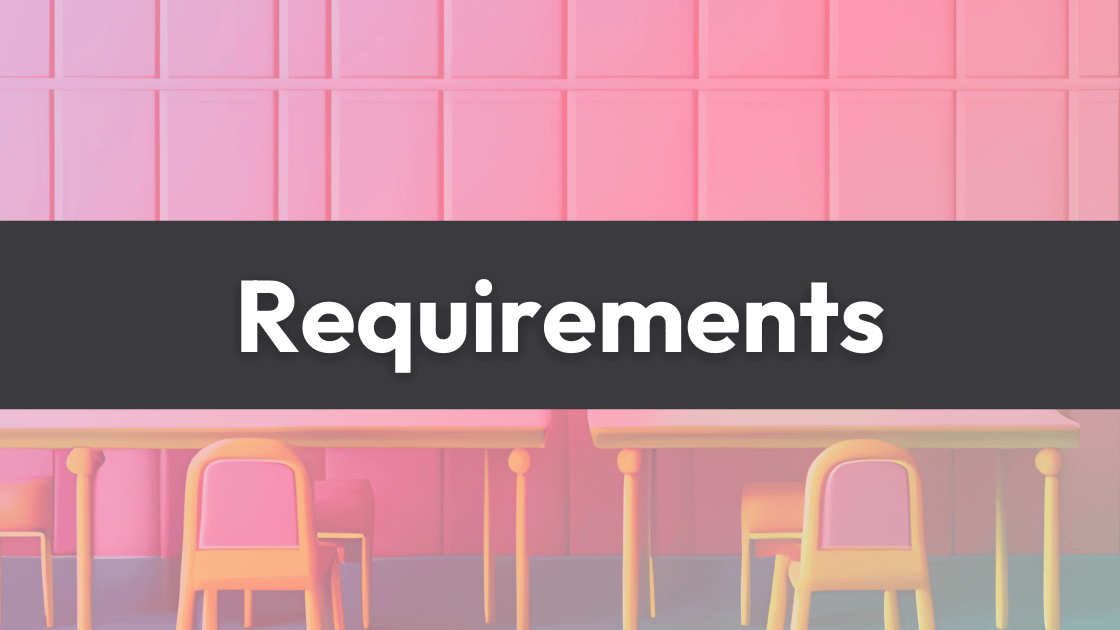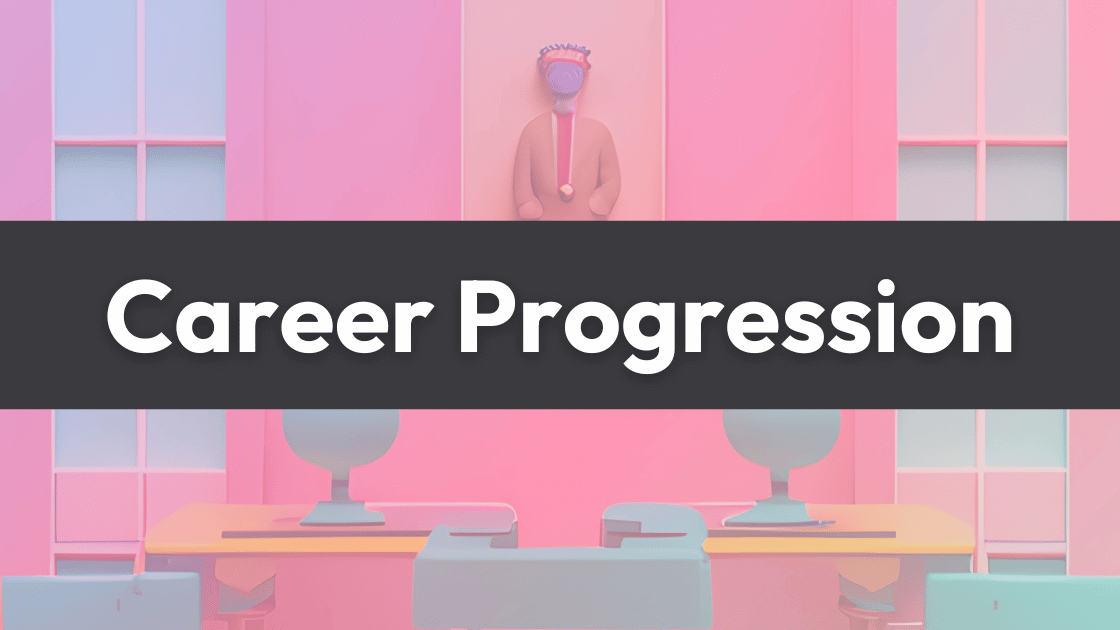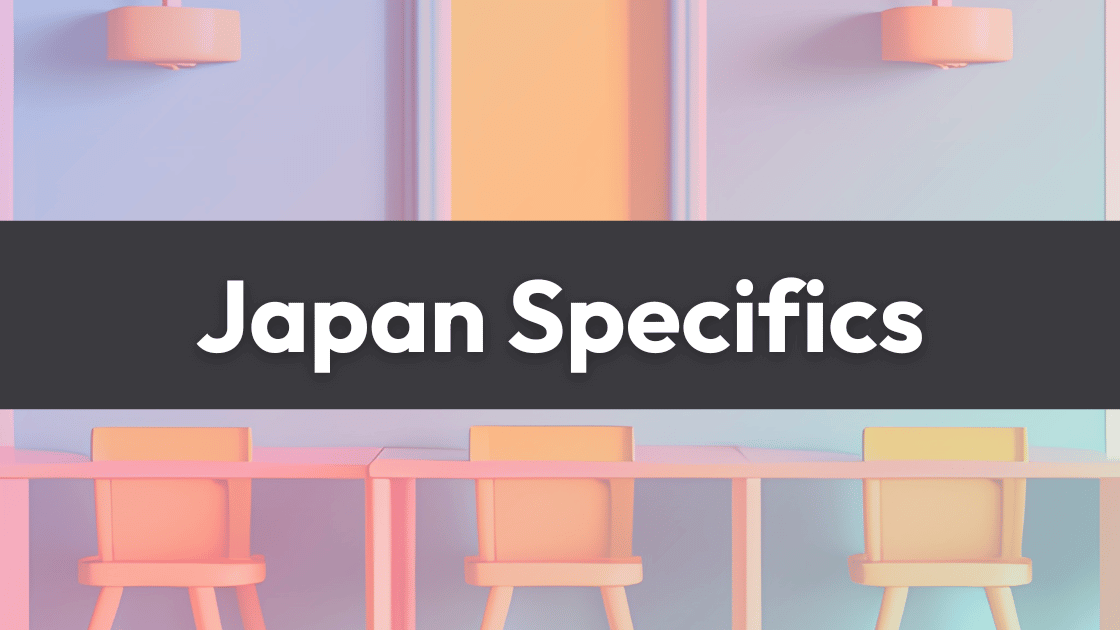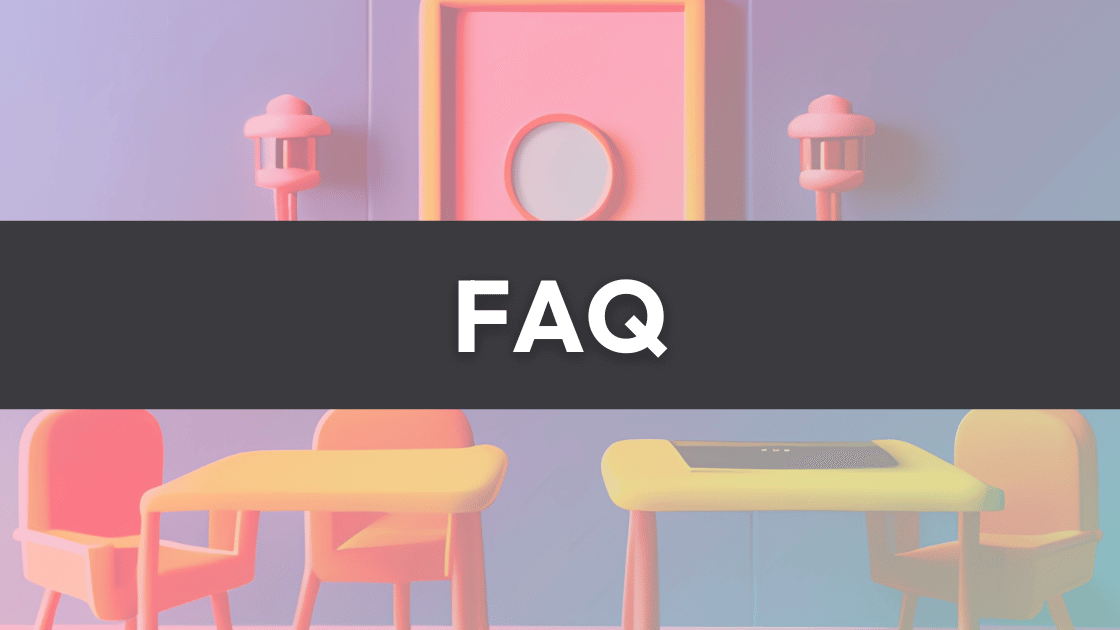UX/UI Designer - Position Explained
If you are considering a career as a UX/UI Designer you've come to the right place!
In this article, I will cover everything you need to know about being a UX/UI Designer.
The role definition, skills required for success, and the potential career paths available.
I will also answer some FAQs and provide resources to help you on your UI/UX journey.
At Wahl+Case, we have helped hundreds of people land jobs at some of the biggest names in Tech. So, if you're ready to learn about being a UX/UI Designer, keep reading!
What is a UX/UI Designer?
As a UX/UI Designer, your main responsibility is to design and enhance the user experience (UX) and user interface (UI) of digital products, such as websites and mobile apps.
Your day-to-day tasks will involve:
Conducting user research and creating user personas
Designing wireframes, prototypes, and mockups to illustrate your ideas
Collaborating with developers, product managers, and other stakeholders to ensure the implementation of your designs
Testing and iterating on your designs based on user feedback and analytics data
Staying up-to-date with the latest UX/UI design trends and tools
Requirements for a UX/UI Designer
To excel as a UX/UI Designer, you need a mix of technical and soft skills.
Technical Skills
Interaction design: You should be able to create intuitive and engaging interactions that facilitate user goals, using techniques such as wireframing, prototyping, and interaction flows.
Visual design: You should have a strong understanding of design principles, typography, color theory, and layout to create visually appealing user interfaces.
User research and testing: You should be able to conduct user research and usability testing to gather insights that inform your design decisions.
Design tools: Proficiency in design tools such as Sketch, Adobe XD, Figma, or InVision is crucial for creating and iterating on your designs
Soft Skills
Communication: You should be able to effectively communicate your design ideas, rationale, and decisions to stakeholders and team members, both verbally and through visuals.
Collaboration: You should be able to work well with cross-functional teams, including developers, product managers, and other designers, to ensure the successful implementation of your designs.
Empathy: You should be able to put yourself in the users' shoes, understanding their needs, pain points, and desires to create user-centered designs.
Adaptability: You should be open to feedback and willing to iterate on your designs based on new information and changing project requirements.
Time management: You should be able to balance multiple projects and deadlines, prioritizing tasks effectively.
Career Progression for UX/UI Designers
As a UX/UI Designer, you have ample opportunities for growth and career progression. With experience and expertise, you can advance your career in various directions, depending on your interests and goals.
Let’s discuss some common career paths and tips to help you succeed as you progress.
Senior UX/UI Designer: With a few years of experience under your belt, you can advance to a senior UX/UI Designer role. In this position, you will take on more complex projects, mentor junior designers, and have a greater influence on design decisions. To excel in this role, continue to refine your technical skills and stay up-to-date with industry trends, while also honing your leadership and project management abilities.
UX/UI Design Team Lead or Manager: As a team lead or manager, you will be responsible for overseeing the work of other UX/UI Designers, ensuring the team's output meets the desired quality standards and project goals. This role is soft-skill heavy and requires excellent leadership, communication, and organizational skills, as well as the ability to manage multiple projects and deadlines.
UX/UI Design Director or Head of Design: In this role, you will be responsible for setting the overall design strategy and vision for your organization, as well as leading a team of designers. This position requires a strong strategic mindset, excellent leadership skills, and the ability to communicate and collaborate with other departments and stakeholders.
Product Manager: If you have a passion for both design and product development, transitioning into a product manager role may be a natural next step. As a product manager, you will work closely with UX/UI Designers, developers, and other stakeholders to guide the development and launch of successful products. This role requires a strong understanding of both design and business principles, as well as excellent communication and project management skills.
UX/UI Design Consultant or Freelancer: With extensive experience and a solid reputation in the industry, you can branch out as a UX/UI Design consultant or freelancer. This path allows you to work with a diverse range of clients and projects, offering your expertise and guidance to help organizations improve their user experiences and interfaces.
UX/UI Design Educator or Trainer: If you have a passion for teaching and sharing your knowledge, you can consider becoming a UX/UI Design educator or trainer. This role involves teaching courses or workshops, either at educational institutions or through online platforms, helping aspiring UX/UI Designers develop their skills and knowledge.
To explore available UI/UX positions in Japan, message us here!
How to Become a UX/UI Designer
Becoming a UX/UI Designer involves a combination of education, skills development, and building a portfolio to showcase your work.
Education: While formal education isn't always required, many UX/UI Designers have a background in design, computer science, or a related field. Additionally, you can attend UX/UI design boot camps or online courses to gain foundational knowledge and practical experience.
Skills development: Practice your technical and soft skills by working on real-world projects, either on your own or as part of a team. Participate in design challenges, hackathons, or collaborate with other designers to improve your skills and stay up-to-date with industry trends.
Build your portfolio: A strong portfolio is crucial for showcasing your work and demonstrating your abilities to potential employers or clients. Include a variety of projects that demonstrate your expertise in UX/UI design, including wireframes, prototypes, and case studies that detail your design process and problem-solving skills.
Networking: Attend industry events, workshops, and conferences to connect with other professionals and potential employers. Join online UX/UI design communities, such as forums or social media groups, to share ideas and insights, and receive feedback on your work.
Apply for jobs or freelance projects: Once you have a solid portfolio and have developed your skills, start applying for UX/UI Designer positions or freelance projects to gain professional experience.
Alternative Titles for UX/UI Designers
As a UX/UI Designer, you may come across a variety of job titles that are used to describe roles similar to yours. These alternative titles can reflect the specific focus or responsibilities of the role, or may simply be a result of different naming conventions across organizations. Understanding these alternative titles can help you broaden your job search and identify new opportunities that align with your skills and interests.
Let’s explore some common alternative titles for UX/UI Designers:
Interaction Designer: As an Interaction Designer, you would focus on designing the interactive elements of a digital product, such as buttons, menus, and navigation systems. Your primary goal would be to create engaging and intuitive interactions that facilitate user goals and enhance the overall user experience.
Visual Designer: In this role, you would concentrate on the visual aspects of the user interface, such as colors, typography, layout, and imagery. As a Visual Designer, you would work closely with UX/UI Designers and developers to create visually appealing and consistent interfaces that effectively communicate the product's functionality.
User Experience (UX) Designer: As a UX Designer, your primary focus would be on the overall user experience, from conducting user research and creating user personas to designing user flows and wireframes. You would collaborate with UI Designers and other team members to ensure the product's design meets the needs and expectations of its users.
User Interface (UI) Designer: As a UI Designer, you would be responsible for designing the visual elements of the user interface, such as buttons, icons, and menus. Your goal would be to create visually appealing and functional interfaces that effectively communicate the product's functionality and enhance the user experience.
Product Designer: In this role, you would be involved in the entire product design process, from ideation and user research to prototyping and user testing. As a Product Designer, you would work closely with product managers, developers, and other stakeholders to create user-centered digital products that meet the needs of both users and the business.
Information Architect: As an Information Architect, you would focus on organizing and structuring the content and information within a digital product, such as a website or app. Your goal would be to create logical and intuitive information hierarchies that help users easily navigate and find the information they're looking for.
Usability Analyst or Specialist: In this role, you would be responsible for evaluating the usability of a digital product through user testing, analytics, and heuristic evaluations. As a Usability Analyst or Specialist, you would work with UX/UI Designers and other team members to identify usability issues and recommend improvements to enhance the overall user experience.
Experience Designer: As an Experience Designer, your focus would be on creating memorable and engaging user experiences across various touchpoints, including digital products, physical spaces, and services. You would use a combination of UX/UI design, storytelling, and other design disciplines to create holistic experiences that resonate with users.
Cultural Differences Between the West and Japan for UX/UI Designers
Understanding cultural differences between the West and Japan is crucial for UX/UI Designers working on products that target users in both markets. By taking these differences into account, you can create user experiences that resonate with the intended audience, ensuring your product's success in each market.
Aesthetics: Japanese design often emphasizes simplicity, minimalism, and a harmonious balance of elements, while Western design might lean towards bolder, eye-catching visuals. As a UX/UI Designer, you should adapt your visual style to the aesthetic preferences of each culture.
Language and Typography: The Japanese language uses a mix of three writing systems – kanji, hiragana, and katakana – which require special consideration when designing interfaces, particularly with typography and character spacing. Western languages typically use Latin script, which presents different design challenges. Ensuring your UI design works well with both writing systems is essential.
Hierarchy and Structure: Japanese websites and interfaces often present information in a more hierarchical and densely packed manner than their Western counterparts, which might prioritize a more linear and spacious layout. As a UX/UI Designer, you should adapt the structure and organization of your designs to suit the preferences of each market.
Color Symbolism: Colors can have different cultural meanings and associations in the West and Japan. For example, while white is often associated with purity and cleanliness in Western cultures, it is associated with mourning in Japanese culture. Be aware of these cultural differences when selecting color palettes for your designs.
User Behaviors and Expectations: Users in Japan might have different expectations and behaviors when interacting with digital products compared to users in the West. For instance, Japanese users may prefer detailed instructions and comprehensive customer support, while Western users might prioritize self-guided experiences. Conduct thorough user research to understand the needs and preferences of your target audience.
Localization: To ensure a seamless user experience, make sure to properly localize your product for the Japanese market. This includes not only language translation but also adapting icons, images, and cultural references to suit the local context.
FAQs about being a UX/UI Designer
We have a whole blog answering questions from Mika, a consultant on our Front End Developers team and a much better writer than myself, check it out here!
I will do a lightning round of some of the other questions we get below.
Q: Can I become a UX/UI Designer without a degree?
A: Yes, it is possible to become a UX/UI Designer without a degree, as long as you have a strong portfolio that showcases your skills and a good understanding of UX/UI design principles.
Q: How much can I expect to earn as a UX/UI Designer?
A: Salaries for UX/UI Designers vary depending on factors such as experience, location, and industry. In Japan we have seen salaries range from ___ to ___.
Q: Is UX/UI design a stable career?
A: UX/UI design is a growing field with a high demand for skilled professionals. As technology continues to evolve, the need for UX/UI Designers to create user-friendly digital products is expected to remain strong.
Q: Does this sound exciting to you?
A: Message us using this link to learn what UX/UI Design positions are open right now!



























